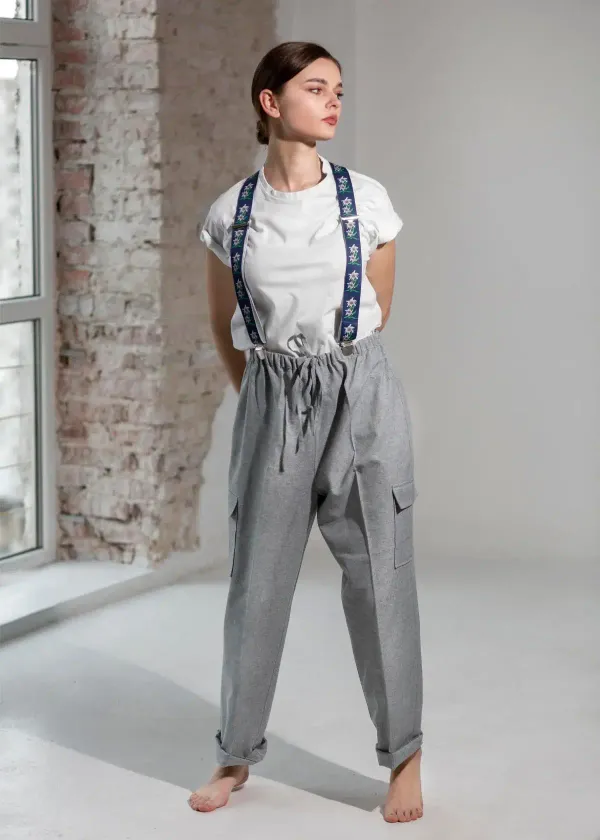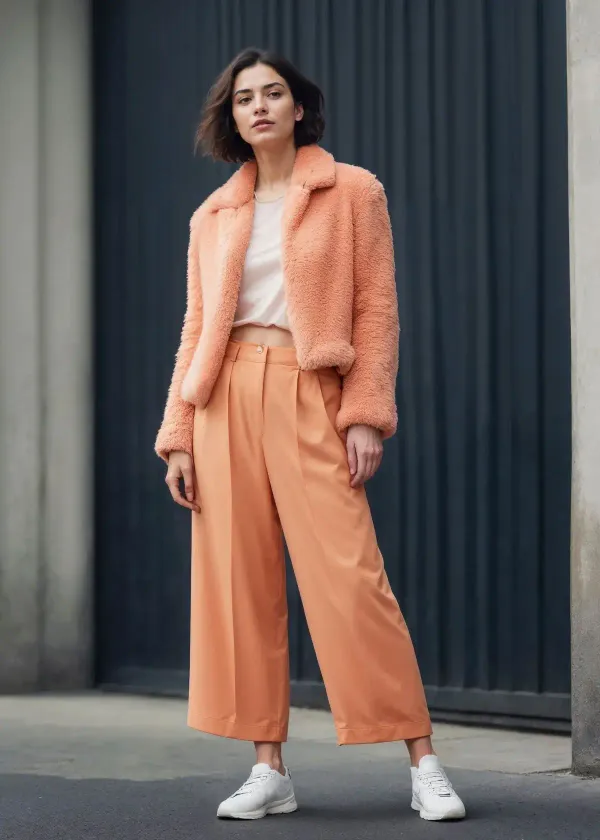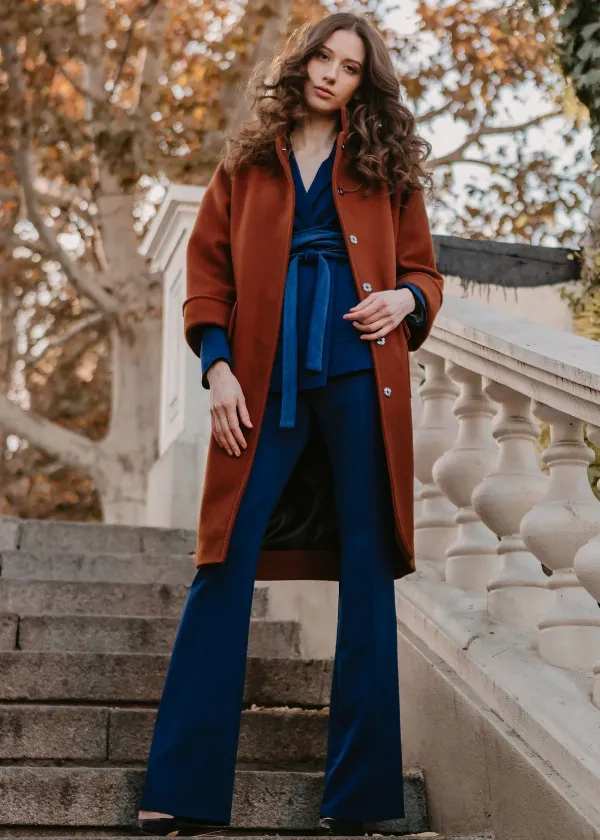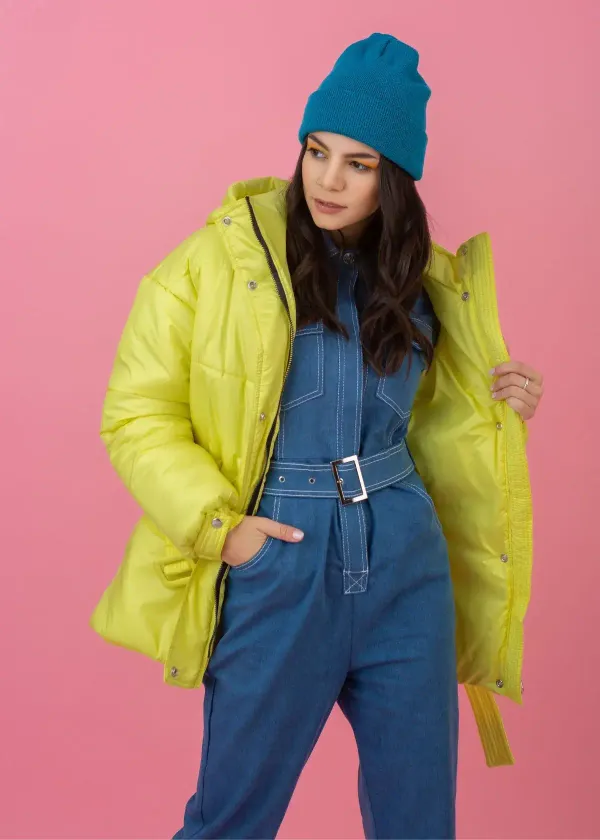Earrings have been a timeless fashion accessory for centuries. Weapons of seduction, style, and personality, earrings have evolved in every culture, inspired by the customs, visions, and beliefs of each society. Among the most captivating earrings in the world, we find the Fulani earrings, a stunning jewelry piece adorned by the nomadic Fulani tribe from West Africa. Fulani earrings are renowned for their distinctive shape, delicate designs, and striking materials crafted to make them. In this blog post, you'll discover the fascinating materials used to create Fulani earrings, the cultural symbolism behind them, and the techniques employed in their fabrication.
Gold
Gold is the most celebrated material used to adorn Fulani earrings. Gold is not only a symbol of wealth and luxury but is also believed to have healing powers for every part of the body. Typically, gold Fulani earrings are shaped like hoops or semi-circles with intricate and abstract designs. The most common design features swirl, chain links, and elongated structures. The gold used to craft Fulani earrings can have a yellow, rose, or white shade depending on the amount of copper, silver, or palladium in its composition.
Silver
Silver is another go-to material used in Fulani earrings. Unlike gold, silver is associated with femininity, purity, and emotional balance. In Fulani culture, married women must wear silver earrings to show their social and marital status. The most common silver Fulani earrings are hoop-shaped, but rather than being circular, they're oval, rectangular, or horse-shaped, known as the Roomba or the butterfly. Silver Fulani earrings are decorated with intricate geometrical patterns, beads, and rare jewels like lapis lazuli.
Copper
Copper is a warm and fiery metal used in Fulani earrings to convey passion, vitality, and energy. Copper Fulani earrings are designed with elegant loops or crescent moon shapes and are often complemented by coral beads or cowrie shells. Copper-induced Fulani earrings have a vibrant red-orange hue that makes them stand out in any outfit. Copper is also appreciated for its natural healing properties, as it's believed to enhance the immune system, improve circulation, and reduce inflammation.
Beads
Beads are a classic and versatile material used in many Fulani earrings designs. Beads can be made of bone, clay, seeds, glass, wood, or metal. They come in many colors, shapes, and sizes, allowing Fulani artisans to create endless combinations that express their creativity and inspiration. Beaded Fulani earrings are often large and bold, with layers of strands hanging below the ear. The beads used in Fulani earrings are sometimes infused with special powers, such as luck, fertility, and protection from evil spirits.
Cowrie Shells
Cowrie shells are a powerful cultural symbol in African art and were highly valued in ancient times as forms of currency. In Fulani culture, cowrie shells are considered sacred and believed to possess mystical and healing powers. Fulani earrings adorned with cowrie shells represent beauty, prosperity, and femininity. They're typically attached to hoop-shaped metallic structures or woven with beads and leather strings. Cowrie shell Fulani earrings add a rustic and natural touch to every outfit, making them a trendy and fashionable accessory in contemporary fashion.
Fulani earrings are not only a beautiful jewelry piece but also an important expression of African culture and traditions. The materials used to create these earrings are carefully chosen to reflect the emotional significance, social status, and spiritual beliefs of Fulani women. Whether made of gold, silver, copper, beads, or cowrie shells, every Fulani earring is unique and tells a story of its own. If you're a fashion lover, you should definitely add a pair of Fulani earrings to your accessory collection to experience their beauty, history, and mystery.
Calling all fashion lovers! We have scoured the internet and searched high and low to bring you the ultimate collection of Fulani earrings. Whether you're looking for something bold and statement-making or delicate and intricate, we have you covered. With just a click of a link, you'll be transported into a world of unique and stunning Fulani earrings that are sure to become your next favorite accessory. So why wait? Treat yourself to a stylish new addition to your jewelry collection today!
What are some popular variations of Fulani earrings?
If you're captivated by the allure of Fulani earrings, you'll be delighted to discover the captivating array of popular variations. Originating from the Fulani people of West Africa, these earrings are more than just jewelry; they are masterpieces of intricate design and cultural symbolism. Among the captivating variations, the "Tchikando" stands out with its gracefully elongated shape and meticulously engraved patterns. The "Simbi" variation, on the other hand, boasts a mesmerizing spiral motif that exudes a sense of movement and energy.
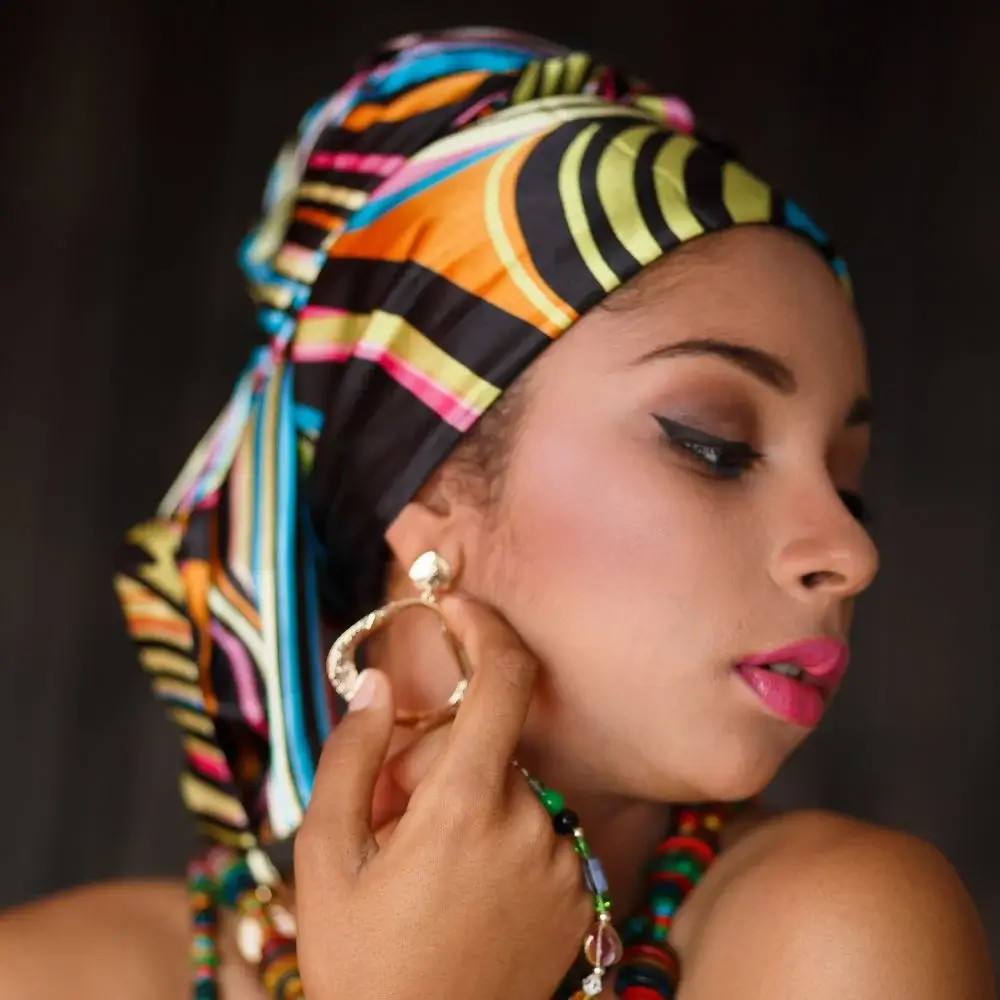
What are the different types of closures used in Fulani earrings?
When it comes to Fulani earrings, also known as Fulbe or Fula earrings, their allure extends beyond their captivating designs. These remarkable jewelry pieces feature a range of closure types, each boasting distinctive qualities. Starting with French hooks, these closures combine elegance with effortless wearability. Lever backs offer security and comfort, ensuring peace of mind while adorning them. Hinged clasps allow for a customized and snug fit, while screw-backs provide a secure closure that withstands the review of time.

What are the traditional colors used in Fulani earrings?
Fulani earrings, renowned for their captivating allure, showcase a magnificent palette of traditional colors. These meticulously selected colors embody the rich tapestry of the Fulani heritage. Adorned with a symphony of hues, Fulani earrings often boast bright tones of gold and silver, signifying the Fulani people's reverence for precious metals. Turquoise, a precious gemstone, graces these earrings, symbolizing fertility and offering protection. Vibrant red hues evoke vitality and boundless energy, while the inclusion of sleek black adds an element of elegance and refinement.

How can I find reliable sources to purchase authentic Fulani earrings?
When it comes to finding reliable sources to purchase authentic Fulani earrings, there are several steps you can take to ensure a satisfactory experience. Begin by exploring reputable online marketplaces and websites specializing in African jewelry or highlighting Fulani designs. Take the time to read customer reviews and ratings to gauge the authenticity and quality of the products offered. Consider contacting well-established African jewelry designers or local artisans specializing in Fulani jewelry.
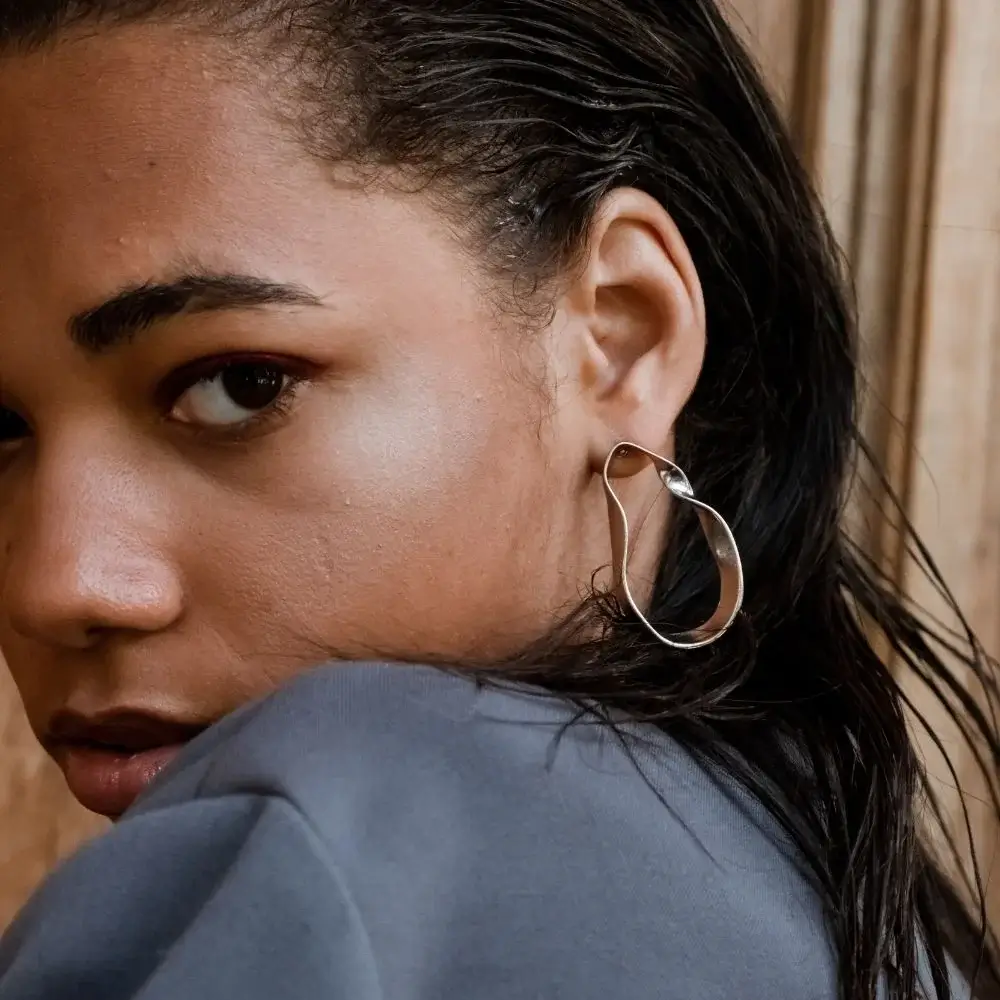
How can I properly store Fulani earrings to prevent damage?
Discover the best way to safeguard your cherished Fulani earrings and preserve their beauty with these essential storage tips. Begin by selecting a dedicated jewelry box or compartment, ideally designed to hold earrings. Enhance protection by lining the interior with a gentle fabric or luxurious velvet, guarding against any potential scratches. To prevent tangling or abrasion, store each earring individually. Wrap those adorned with delicate embellishments in tissue paper or bubble wrap.
How Should I consider the weight of Fulani earrings when purchasing them?
When purchasing Fulani earrings, considering their weight is essential for an optimal experience. Finding the right balance ensures both comfort and style. Firstly, choose earrings with a weight that won't strain your ears or cause discomfort, enabling you to wear them quickly. Further, the weight influences the earrings' overall appearance and dangle, so select a weight that complements your style and preference. Lastly, consider the earrings' material, as lighter options like silver or gold offer more comfortable wear. When purchasing, strive for a harmonious combination of comfort, aesthetics, and material.



